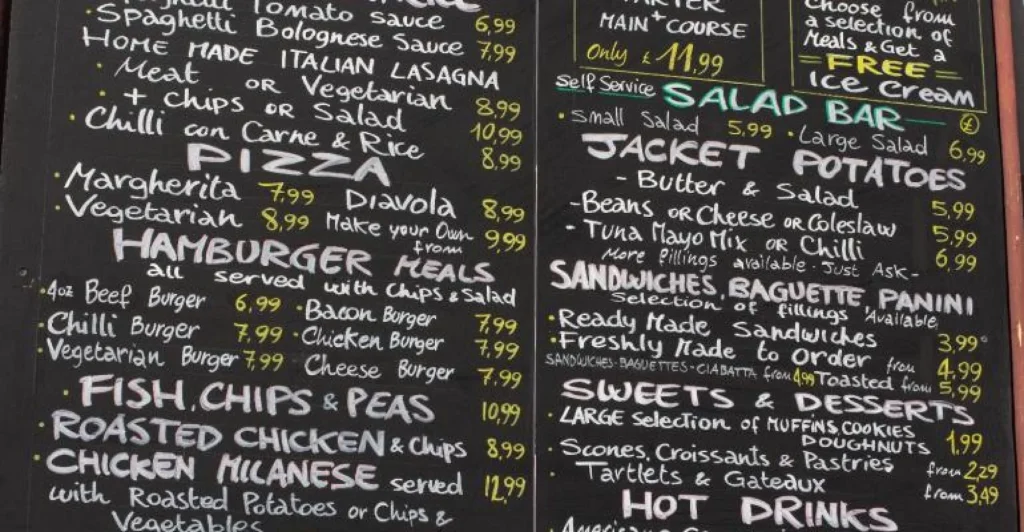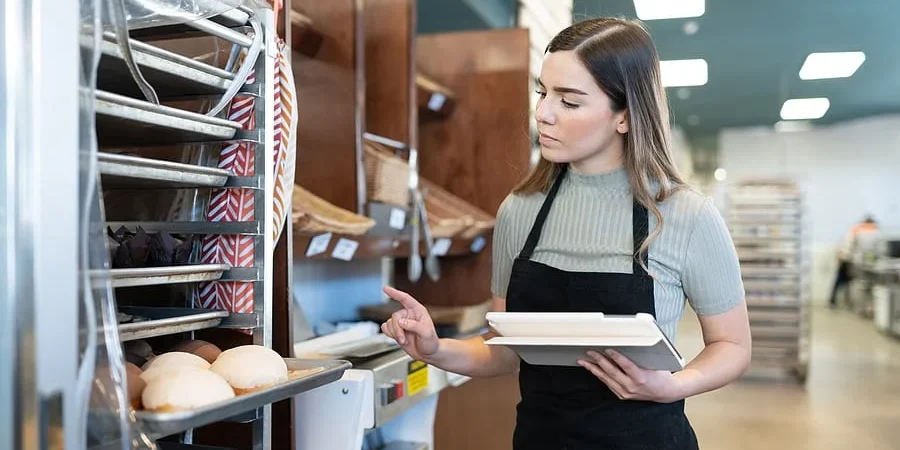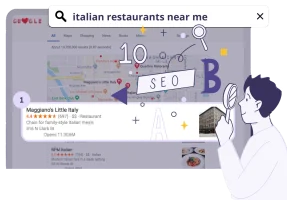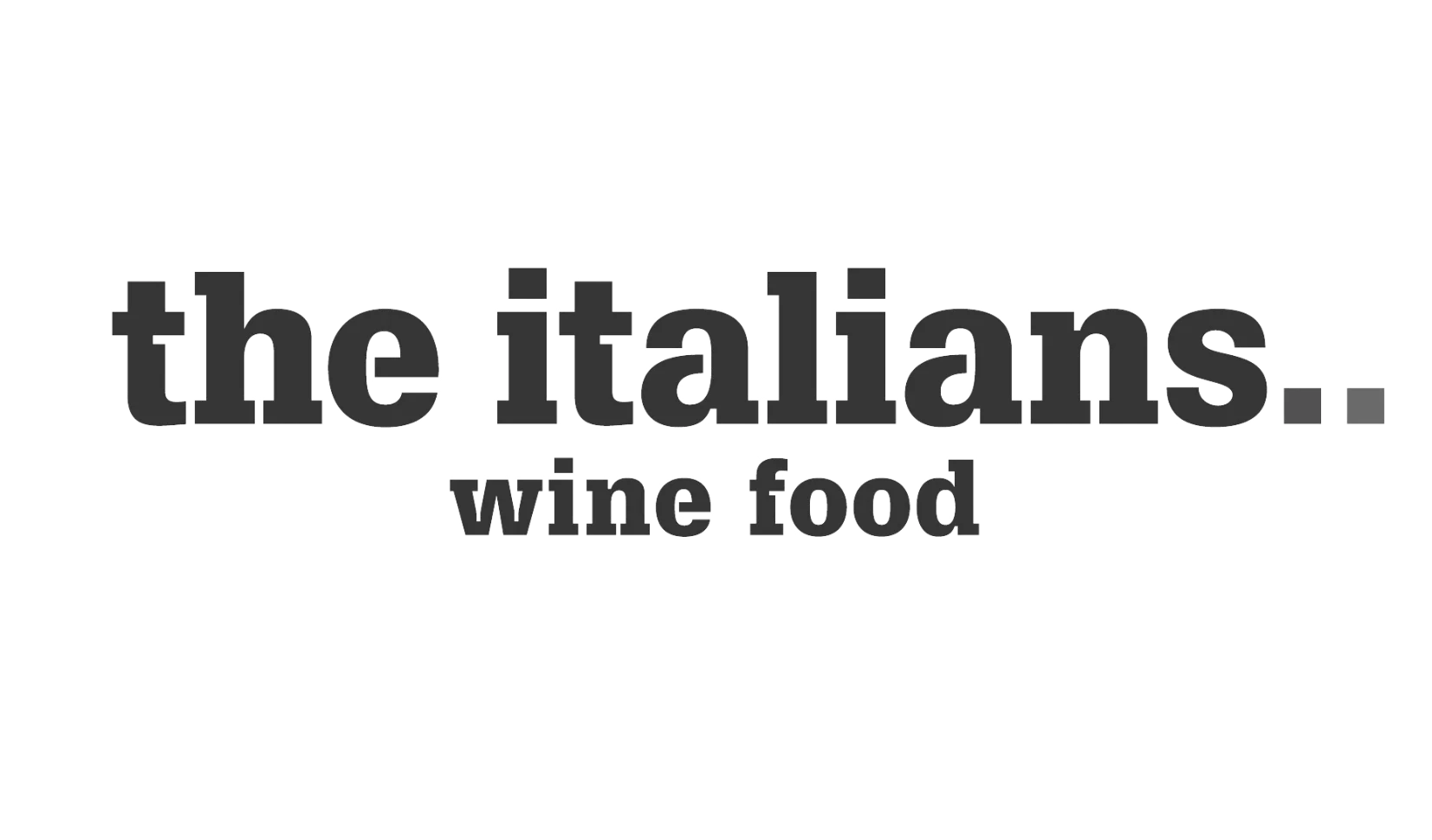Data-driven decision-making is vital for promoting growth and optimising revenue. This not only applies to corporate environments, but is also relevant in today’s restaurant scene. In this article, we’ll look at practical methods for increasing the revenue at your restaurant using analytics. So let’s dive in and learn the data-driven growth secrets!
1. Gathering and examining customer data

In order to boost sales, it’s important to understand your customers. You can learn more about your customers’ tastes, habits and demographics by gathering and examining their data. Here are some tactics to take into account:
Implement a reservation system for restaurants: A reservation system not only makes bookings easier to manage, it also gathers useful client information. You can collect data such as contact information, dining preferences, and frequency of visits for customised marketing campaigns and targeted promotions,
Utilise customer reviews and feedback: Keep your eye on social media, review websites, and customer feedback platforms to learn more about customer experiences. Based on client feedback, identify patterns, places for development, and chances to improve your offers.
Surveys and loyalty programs: Inquire about client’s favourite menu items, eating hours and other factors that led them to choose your establishment. Your menu, promotions and overall client experience can be customised with the use of this data.
2. Improve the menu and prices

You can use data analytics to help you optimise your menu, which is a potent instrument for generating sales. Think about the following tactics:
Review sales data to discover best- and worst-selling goods and menu items. By examining the cost of components and price, you can determine the profitability of each item on the menu. Make data-driven decisions about menu revisions, price changes and the addition of new dishes using this information.
Use data to inform the implementation of dynamic pricing schemes. This entails modifying prices in response to variables like demand, the hour of the day, and seasonality. You can use data analytics to determine peak times, popular products, and pricing criteria in order to increase sales.
3. Put targeted marketing campaigns into action

For businesses to grow and keep customers, effective marketing is essential. With data analytics, you can design targeted marketing initiatives that have a high return on investment. Take into account these tactics:
Segment your audience based on demographics, tastes, and behaviour patterns by analysing customer data. By customising marketing messaging and promotions to particular client groups, you may increase the relevance and efficacy of your campaigns.
Personalise promos and offers by utilising client information in your marketing campaigns. Provide personalised discounts and incentives based on a customer’s preferences and previous dining experiences. This tailored strategy fosters exclusivity and increases client loyalty.
Make use of social media analytics tools to keep tabs on customer interactions, reach and engagement. Optimise your social media marketing strategies in accordance with your analysis of the platforms that are most successful at reaching your target audience.
3. Improve productivity and operations

Data analytics can be used to find areas where operational upgrades can boost revenue. Think about the following tactics:
Examine sales and inventory information to spot patterns, enhance stock levels, and cut waste. Understanding popular products and busy times will help you manage your supply effectively and reduce out-of-stock issues. Read more about understanding food & beverage cost control.
Analyse your labour statistics to reduce labour expenditures and improve staff scheduling. Determine peak times and assign the proper workforce numbers to offer good customer service while keeping labour costs under control.
Monitor table turnover rate to spot bottlenecks and improve seating arrangements. You may boost revenue without sacrificing the patron experience by raising the number of guests served at each table.
Data-driven growth is an effective tactic for increasing restaurant sales and maintaining an edge. You can open up prospects for development and profitability by gathering and evaluating customer data, adjusting your menu and pricing, putting focused marketing campaigns into place, and improving operations.
A restaurant management system can help you with this, as well as speed up your booking procedure and improve client satisfaction.
Accept the power of analytics, make use of data insights and watch your restaurant prosper in a world that is becoming more and more data-driven.

Unlock the tips that will help you stand out from the crowd and get more bookings!

Learn how to save time, reduce stress and fill your restaurant while you sleep!

Stephanie Paris
Gen-Z marketing coordinator bringing fresh energy to web and graphic design, with a weekend habit of chasing adventure.

Stephanie Paris
Gen-Z marketing coordinator bringing fresh energy to web and graphic design, with a weekend habit of chasing adventure.









